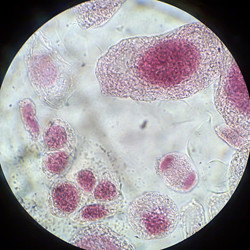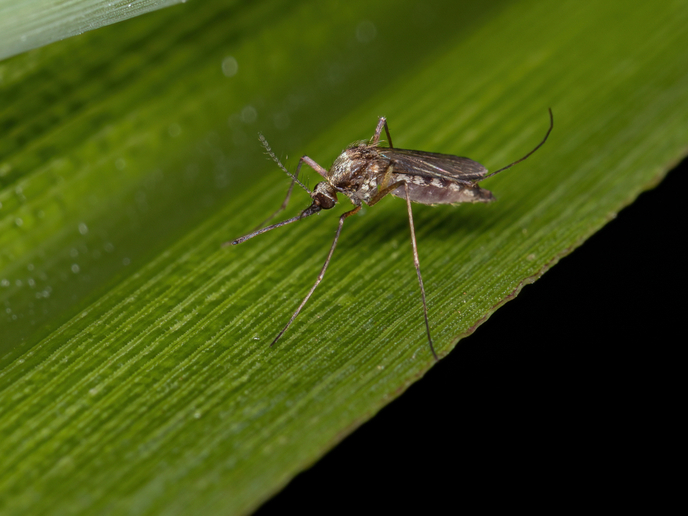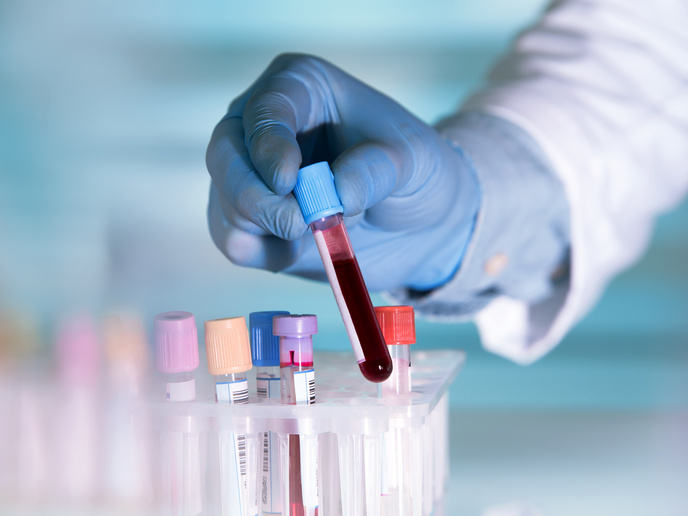Genetic quality control in dividing cells
Chromosome instability during replication can occur as a result of chemical genotoxins. However, mistakes in cell division become more common with ageing and cancer. Normal cells have a DNA damage response mechanism to help repair errors when the chromosome makes a copy of itself. Replication involves the unwinding of the DNA double helix to make two strands. Nucleotides are added at the fork or replication origin. The 'Mechanisms coordinating chromosome replication with transcription' (REPTRA) project followed the checkpoint mechanisms responsible for fork stability and DNA damage checkpoint response to mechanical stress induced at nuclear envelope. The researchers used budding (replicating) yeast and mammalian cells using a range of mechanistic, genomic, genetic and cell biology approaches. Among main assays, ChIP-on-chip technology where protein binding can be tracked was employed to compare wild-type and mutant strains under replication stress. Replication fork stalling at a DNA replication error generates a damage signal that activates, among other proteins, mec1 (serine/threonine protein kinase) and Rad53 kinase. Another complex involved with replication defects is THO/TREX and the researchers looked for a sub-unit of this complex, HyPerRecombination (HPR)1. Results showed that HPR1 increased in checkpoint defective strains. Results of work on mec1 in human cells using a new advanced imaging technique have been published in the Cell journal. Another damage response investigated involves ATM-Rad3–related protein kinase (ATR). Mechanical forces owing to stress on nuclear membranes activate ATR, which is part of an integrated mechanical response coupling nuclear envelope-induced signalling with epigenetic changes within the nucleus. The implications of REPTRA findings could be far-reaching. When activated, genes with the potential to cause cancer, oncogenes, bring about massive transcription, replication and mechanical stress. Increased knowledge on mechanisms involved may well translate into therapies to prevent gene rearrangements and cancer.







